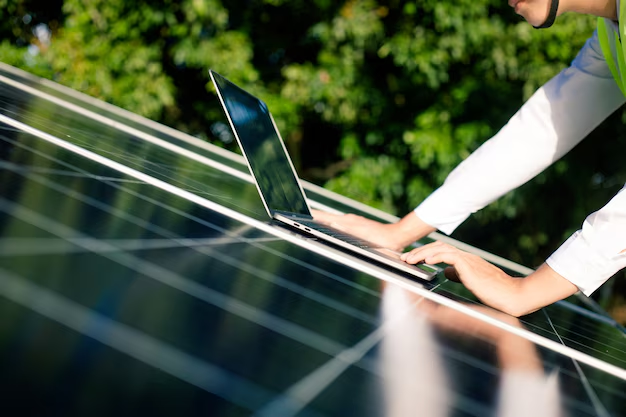Discover How to Power Your Home with Renewable Energy Sources
Turning your home into a sanctuary of sustainability may seem like a daunting task, but with the right approach, using renewable energy sources for home power can be a rewarding venture, both for the environment and your wallet. In this article, we'll guide you through practical steps to harness the power of the sun, wind, and earth, while also exploring financial options to ease the transition.
Solar Energy: A Sunshine-Powered Home
Solar power is often the go-to choice for homeowners looking to tap into renewable energy. Panels installed on your roof capture sunlight and convert it into electricity. While the initial investment can be significant, the long-term savings and potential increase in your property's value make it an attractive option.
Wind Power: Let The Breeze Work for You
If you have ample land and live in a windy area, wind turbines could be an excellent renewable energy source for your home. Small residential turbines can generate significant energy, reducing your reliance on the grid. They're particularly effective in rural settings where wind is abundant.
Geothermal Energy: Tapping into Earth's Natural Heat
Geothermal energy utilizes the earth's consistent underground temperature to heat and cool your home. While installation requires some upfront expense due to drilling and special equipment, it offers remarkable savings on heating and cooling bills, potentially cutting them by up to 50%.
Financial Assistance and Incentives
Government programs and financial assistance can significantly reduce the cost associated with transitioning to renewable energy. Numerous incentives exist at the federal, state, and local levels for homeowners committed to sustainable living.
Federal Tax Credits
The U.S. government offers substantial tax credits for installing solar panels, wind turbines, and geothermal systems. These credits can cover a significant portion of installation costs.
State Grants and Rebates
Many states provide rebates and grants to encourage homeowners to adopt renewable energy solutions. Research state-specific programs to see what's available in your area.
Utility Company Incentives
Some utility companies offer buy-back programs for excess energy generated by your home, providing additional savings and even potential profit.
Is Debt Relief An Option?
While renewable energy systems might initially seem cost-prohibitive, financing options can make them more accessible. Many financial institutions offer loans specifically for green projects. These loans often have favorable terms compared to traditional loans, reflecting the investment's sustainable nature.
Credit Card Solutions
For smaller solar arrays or wind installations, using a credit card with cash-back rewards or introductory 0% APR on purchases could be a smart way to finance the upfront costs. Be sure to calculate the interest-free period to align with your budget plans and avoid accruing unnecessary interest.
Educational Opportunities for Sustainable Practices
Enrolling in courses or workshops can further your understanding and competence in renewable energy technologies. This knowledge can empower you to install and maintain these systems more effectively, enhancing their long-term value.
🌿 Renewable Energy Financial Support Options
Federal Tax Credits 🌞
Save thousands on solar, wind, and geothermal installations.State Rebates/Grants 💰
Check local programs for financial incentives.Utility Buy-back Programs 💡
Earn money by returning excess energy to the grid.Green Loans 🌍
Explore favorable loan options for eco-friendly projects.Credit Cards 💳
Use cards with low interest or rewards for smaller expenses.Educational Workshops 📚
Expand your skills to maintain your energy systems efficiently.
